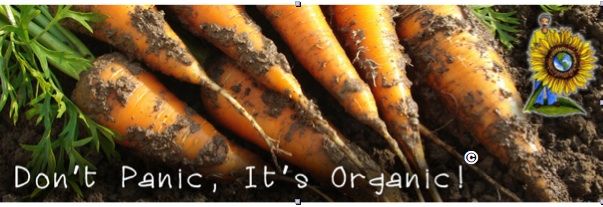Saturday, January 3, 2015
It's Alive!
Listen to the Live Show here
So far I have told you about Brix and how minerals affect the readings levels. I have gone over the relationship between bacteria and minerals. I have also explained how bacteria and the root system work together to get the minerals to the right place.
Now I am going to go over with you some ways to get the minerals into the plants.
There are two ways to get minerals needed by plants:
The first and fastest as well as easiest is to apply through foliar spraying onto the leaves and trunk.Trees and most plants are much like humans in that they can absorb nutrients thru their "skin".
Another way to get minerals to the plants is to provide it in the soil. Compost should be rich in minerals and bacteria. This is the main reason we make compost to provide the proper condition for bacteria and minerals to get together and produce these minerals in the form that the plants can then use.
The best time to apply compost is during these next few months. Since we are lucky enough not to get snow, we can use that to our advantage. Compost applied now will have plenty of time for the bacteria to eat up any minerals and slowly make its way to the trees, plants root hairs where it will be absorbed by a type of fungi that live only on plant root hairs. Mycorrhizal fungi live in a symbiotic relationship with plants to extract nutrients and water. These fungi are living organisms that live with the plant, for its entire lifetime. In exchange the plant provides carbon and sugars to the fungi. 90% of all land plants employ this relationship to enhance their own root system's capacity to deliver nutrients.
If you have property then you should be applying rock dust, compost and mulch (make sure the mulch is Azalea/Gardenia mix).
If applied now, any rains will soak it into the ground for better absorption. Here in Malibu, we have a nice source of rock dust at our local Garden Center. Its Called Gypsum. While it is not a complete rock dust, it is very high in calcium and natural sulfur as well. This will help break down the clay soil that we have here as well as allow for better drainage. The Calcium is a very important mineral needed by plants. Best used in conjunction when making compost. Gypsum can also be made into a tea and sprayed. I add 1 cup gypsum , 1 cup compost into a panty hose and tie into a ball. Place into 5 gallons clean water for a few days. Then add to sprayer and spray all your plants. Best if done once per month for most plants, vegetables can be done weekly.
Additional ways to get minerals to plants is to buy liquids that are rich in minerals and spray those. Try liquid seaweed, fish emulsion, liquid organic fertilizers enriched with minerals, special mineral enzyme products such as Superseaweed, Nitron or Agri-Gro are good also.
The second way to provide minerals besides using compost is to provide the bacteria a place to inhabit. These I call Tree Vents. I use clay drain pipes that are about 4 inches wide and about 1 or 2 feet long. These are buried even with the ground and inside is placed either compost/rock dust mix or any organic fertilizer that is also enriched with the proper bacteria, mycorrhizal fungi.
Happy New Year!
Andy Lopez
Invisible Gardener
Any questions? Email me andy@invisiblegardener.com
Andy Lopez - The Invisible Gardener --- Click on image to go his website.
